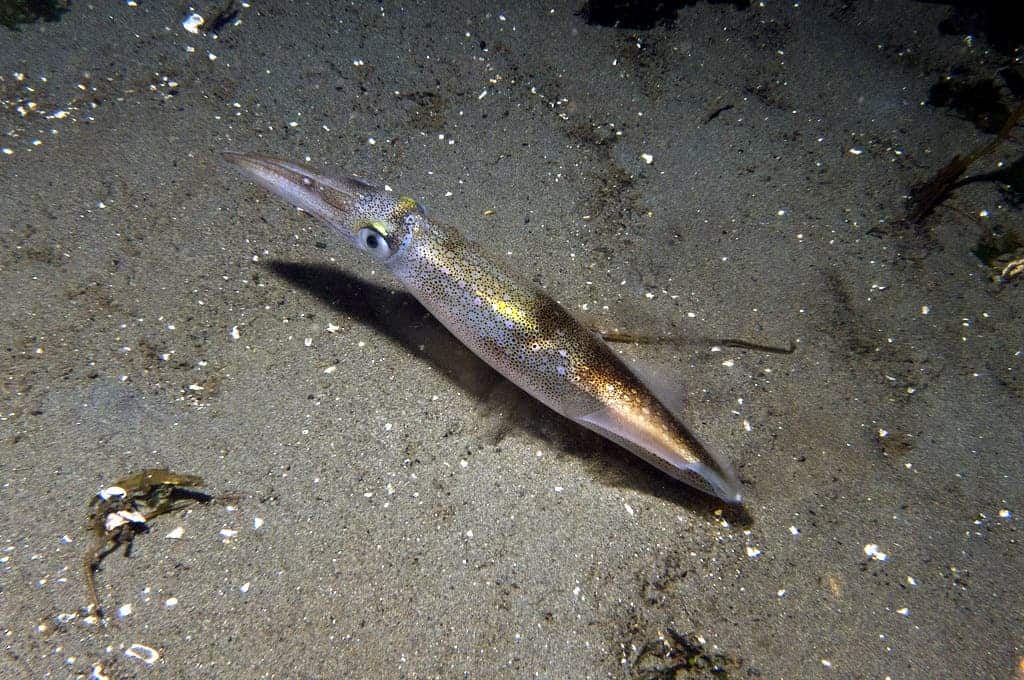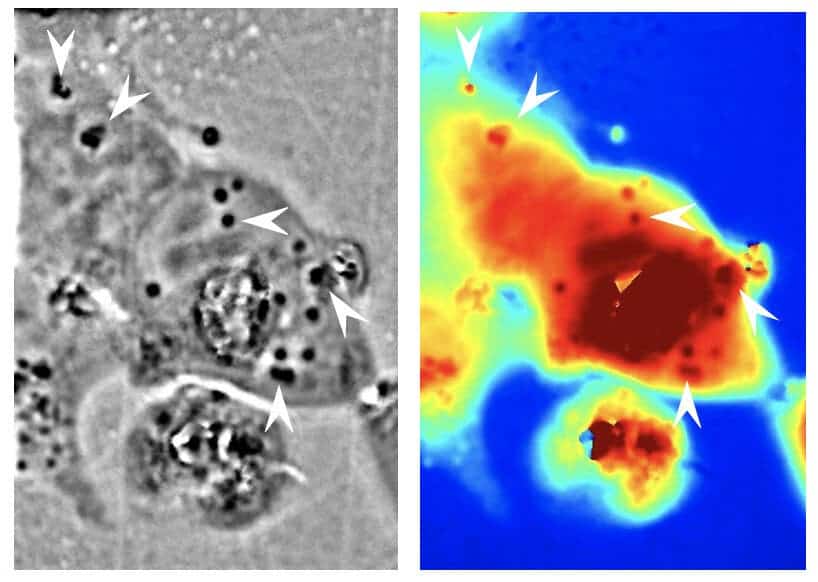
Squids and octopi are masters of camouflage thanks to specialized cells that line their skin, which allow them to manipulate how light bounces off their body. This enables them to perform extraordinary disappearing acts. Researchers have now imbued this ability into human cells for the first time. The engineered cells are transparent and their light-scattering characteristics can be fine-tuned.
“For millennia, people have been fascinated by transparency and invisibility, which have inspired philosophical speculation, works of science fiction, and much academic research,” said lead author Atrouli Chatterjee, a University of California, Irvine (UCI), a doctoral student in chemical and biomolecular engineering and lead author of the new study, said in a press release.
“Our project—which is decidedly in the realm of science—centers on designing and engineering cellular systems and tissues with controllable properties for transmitting, reflecting, and absorbing light,” he added.
Chatterjee and colleagues are no strangers to cephalopods. For years, researchers affiliated with the Alon Gorodetsky lab at UCI have been studying how various species of squid or octopus morph their colors to seamlessly blend with their environment. They have some nifty things to show, too.
Some of their breakthroughs include novel materials that enable infrared camouflage. But, this time, they went a step further.
Inspired by female Doryteuthis opalescens squids, famous for dynamically shifting a stripe on their mantle from nearly transparent to opaque white in order to avoid predators, the researchers sought to transfer this ability to human cells.
The squid’s invisibility cloak is based on specialized reflective cells called leucophores, which can alter the scattering of light. Diving even deeper, these cells are made up of membrane-bound particles known as reflectins.
It is these particles that the researchers targeted. Using genetic engineering, they coaxed human embryonic kidney cells to express the reflectin particles. Sure enough, when viewed under a microscope, the human cells scattered light similarly to squid tissue found in its transparent mantle.
“We were amazed to find that the cells not only expressed reflectin but also packaged the protein in spheroidal nanostructures and distributed them throughout the cells’ bodies,” said Gorodetsky, associate professor of chemical and biomolecular engineering at UCI and co-author on the study.
“Through quantitative phase microscopy, we were able to determine that the protein structures had different optical characteristics when compared to the cytoplasm inside the cells; in other words, they optically behaved almost as they do in their native cephalopod leucophores.”

The reflectance of the engineered human cells can also be toggled on and off. In an experiment, the researchers placed the cells between glass plates and applied various concentrations of sodium chloride. The cells that were exposed to higher sodium levels scattered more light, making them less able to blend with their surroundings.
“Our experiments showed that these effects appeared in the engineered cells but not in cells that lacked the reflectin particles, demonstrating a potential valuable method for tuning light-scattering properties in human cells,” Chatterjee said.
All of this doesn’t mean that scientists are now able to engineer invisible designer babies. That’s certainly not the point. However, this isn’t merely some cool science experiment with no tangible application.
Gorodetsky believes reflectins can become a useful biomolecular marker for microscopy applications in medicine and biological research, for instance.
“This project showed that it’s possible to develop human cells with stimuli-responsive optical properties inspired by leucophores in celphalopods, and it shows that these amazing reflectin proteins can maintain their properties in foreign cellular environments,” he said.
The findings appeared in the journal Nature Communications.


